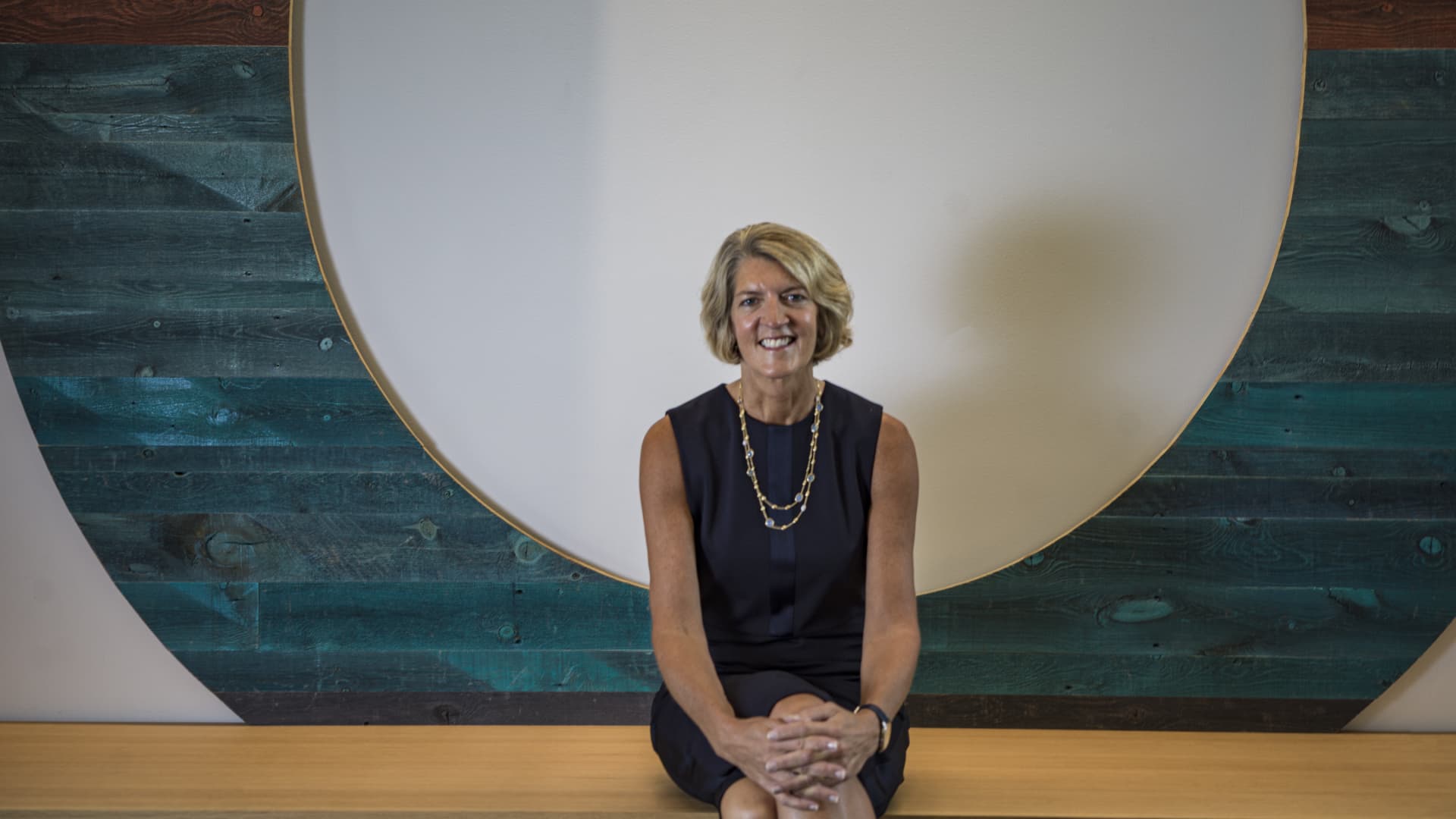
2022 has been a year of ups and downs for women.
While the numbers show slow progress, there are reasons to be optimistic that gender equity in business and politics is moving in a positive direction — at least at the top.
In business, the number of female CEOs has reached historic highs this year, while in politics, several states elected their first female senators and governors. Just last week, for example, Claudine Gay became the first person of color, and only the second woman ever, to be named president of Harvard University.
In other areas, however, progress toward gender equality has stalled. Women continue to face a significant wage gap that has hardly budged over the last 15 years, with women of color bearing the brunt of the disparity.
Get New England news, weather forecasts and entertainment stories to your inbox. Sign up for NECN newsletters.
The year "2022 really is a mixed bag when it comes to gender equality," says Melissa Boteach, the vice president for income security and child care/early learning at the National Women's Law Center.
"Nothing can make up for the loss of our bodily autonomy with the overturn of Roe v. Wade for women and pregnant people," she continues, "but with the setbacks, there was also a lot of progress to be proud of: Women have largely recovered from the historic job losses they experienced during the pandemic, Judge Ketanji Brown Jackson's historic appointment to the U.S. Supreme Court, just to name two examples."
Here's an overview of some of the historic strides women made in the workforce and politics this year, especially in highly visible roles, as well as some of the barriers that remain.
The C-suite

About 9% of CEOs in the Fortune 500, a total of 46, are women. That's an all-time high, according to the Women Business Collaborative.
- Of those CEOs, however, under 10 are women of color, including Roz Brewer, the CEO of Walgreen Boots Alliance, and Lisa Su, the CEO of Advanced Micro Devices.
- Women CEOs who identify as LGBTQ+ are extremely rare. Beth Ford, the CEO of Land O'Lakes since 2018, is the first openly gay woman to serve as CEO of a Fortune 500 company, while Sue Y. Nabi, the CEO of Coty since 2020, is the only openly transgender woman leading a Fortune 500 company.
- The sectors that have seen the biggest growth in female representation over the past decade have been basic materials and industrials, where women's share of named executive positions has doubled or better.
- The two industries that have the highest representation of women at the top are utilities and health care, where women hold 16 percent and 21 percent of leadership roles respectively, according to a March Equilar report.
Still, 2022 saw women leaders leave their companies at the highest rate ever, and the gap between women and men in senior roles quitting their jobs became the largest it's ever been, according to recent data from LeanIn.org and McKinsey & Company. Lean In and McKinsey & Co. call this mass exodus "The Great Breakup."
Money Report
It's increasingly important to women that they work for companies that prioritize career advancement, flexibility, employee well-being as well as diversity, equity and inclusion, LeanIn.org and McKinsey & Company found — and they're leaving their companies in unprecedented numbers when these needs aren't met.
Pay gap

One of the biggest wins in the fight for equal pay this year happened in the courtroom: In February, the U.S. women's national soccer team reached a historic settlement with the U.S. Soccer Federation in their long-running lawsuit over unequal pay with the men's national team.
The agreement includes a $24 million payment to USWNT players and a promise from the Federation that the women and men's teams will be paid at an equal rate going forward in all friendlies and tournaments, including the World Cup.
Aside from the USWNT victory, there has been little progress in closing the gender wage gap over the past decade.
- This year, the wage gap narrowed by only one penny. In 2021, the most recent year for which data is available, women working full-time, year-round earned 84 cents for every dollar earned by men, according to the National Women's Law Center. In 2020, that number was 83 cents.
- In 2021, Latinas working full time were paid approximately 57 cents for every dollar earned by white, non-Hispanic men, while Black women earned 67 cents, the National Women's Law Center reports.
- The wage gap Black women face narrowed by about four cents in one year, while Latinas' wage gap didn't budge at all.
- The pay gap that Native American women face actually worsened this year. In 2021, Native American women working full-time were paid approximately 57 cents for every dollar earned by white, non-Hispanic men, the NWLC reports — in 2020, that difference was 60 cents.
These numbers understate the severe impact the ongoing Covid-19 pandemic has had on the wage gap for low-wage workers and women of color, too.
Women are overrepresented in low-wage and part-time occupations that were hit hardest by the pandemic, including waitressing, child care and retail. They are also more likely to shoulder caregiving duties, which often leaves them with no choice but to scale back their hours at work or quit their jobs entirely.
Politics

In November, women across the U.S. celebrated historic victories in the midterm elections.
Vermont was the last U.S. state to have never elected a woman to Congress — but on Tuesday, Democrat Becca Balint won the state's seat in the House of Representatives, becoming the first woman and openly LGBTQ person to represent Vermont.
The 2022 election was historic for women's representation in Congress across the board.
- Republican Katie Britt became the first elected female senator from Alabama
- Democrat Delia Ramirez became the first Latina elected to Congress from Illinois, representing the state's 3rd Congressional District in the House
- Democrat Marcy Kaptur is now the longest-serving woman in Congress after winning her 21st term to represent Ohio in the House
- Democrat Summer Lee is the first Black woman to be elected to Congress from Pennsylvania, representing the state's 12th congressional district in the House
A record number of women won races at the state level, too. Arkansas, New York and Massachusetts elected their first female governors.
Democrat Maura Healey, who won Massachusetts' gubernatorial race, and Democrat Tina Kotek, who won in Oregon, are the first openly lesbian governors in the U.S.
And in April, the Senate confirmed Judge Ketanji Brown Jackson to the Supreme Court, making her the first Black woman to serve in that capacity.
Check out:
Career advice from a Fortune 500 CEO: 'Go into places and experiences that make you uncomfortable'
Gen Z is re-thinking college and career plans in post-Roe America: 'I want to leave the country'
Sign up now: Get smarter about your money and career with our weekly newsletter






